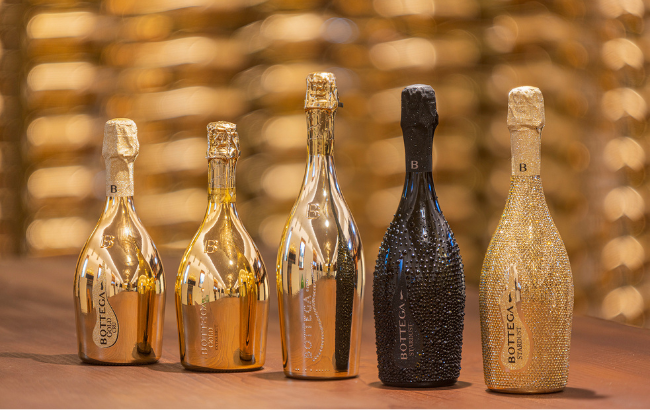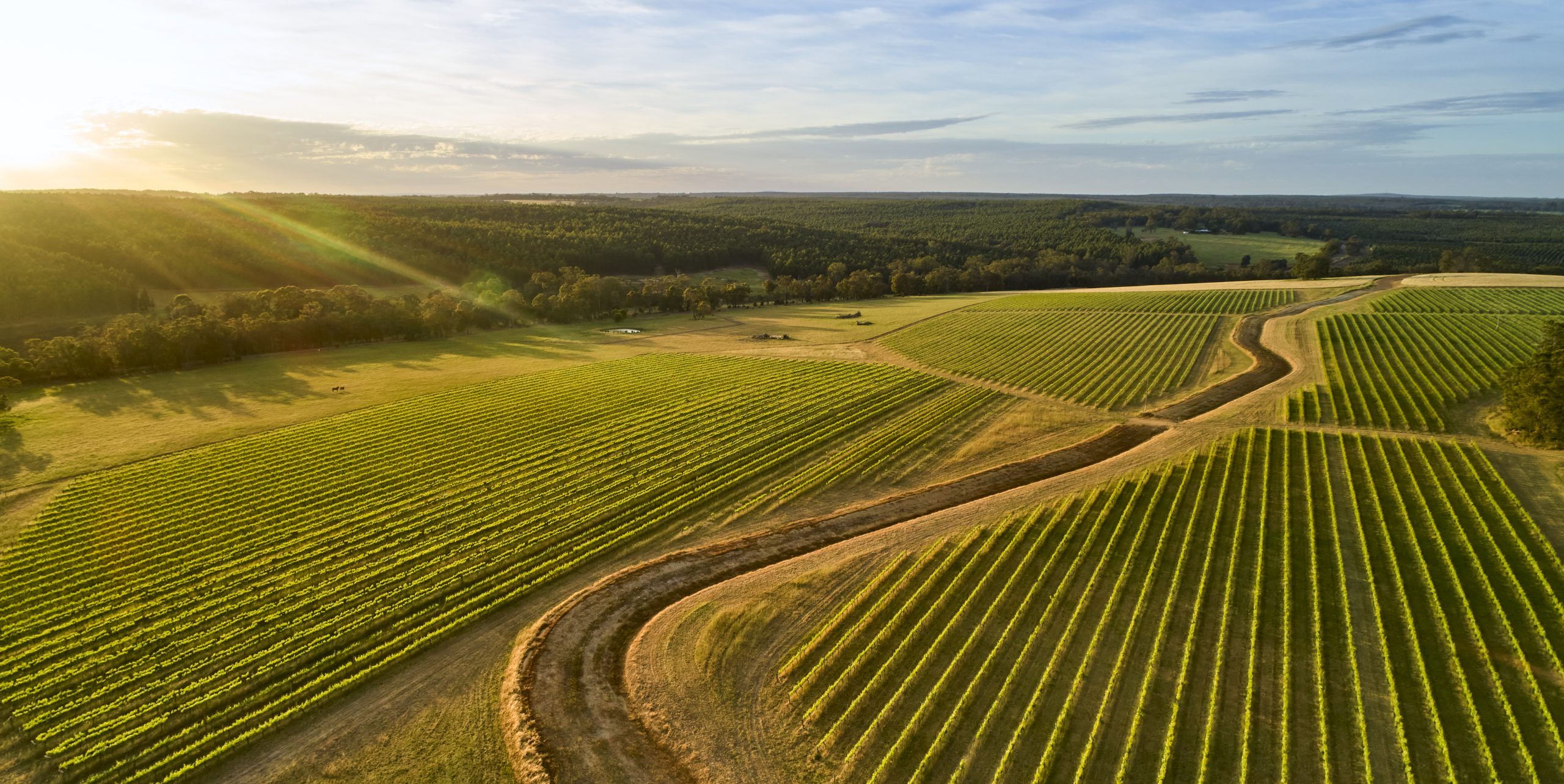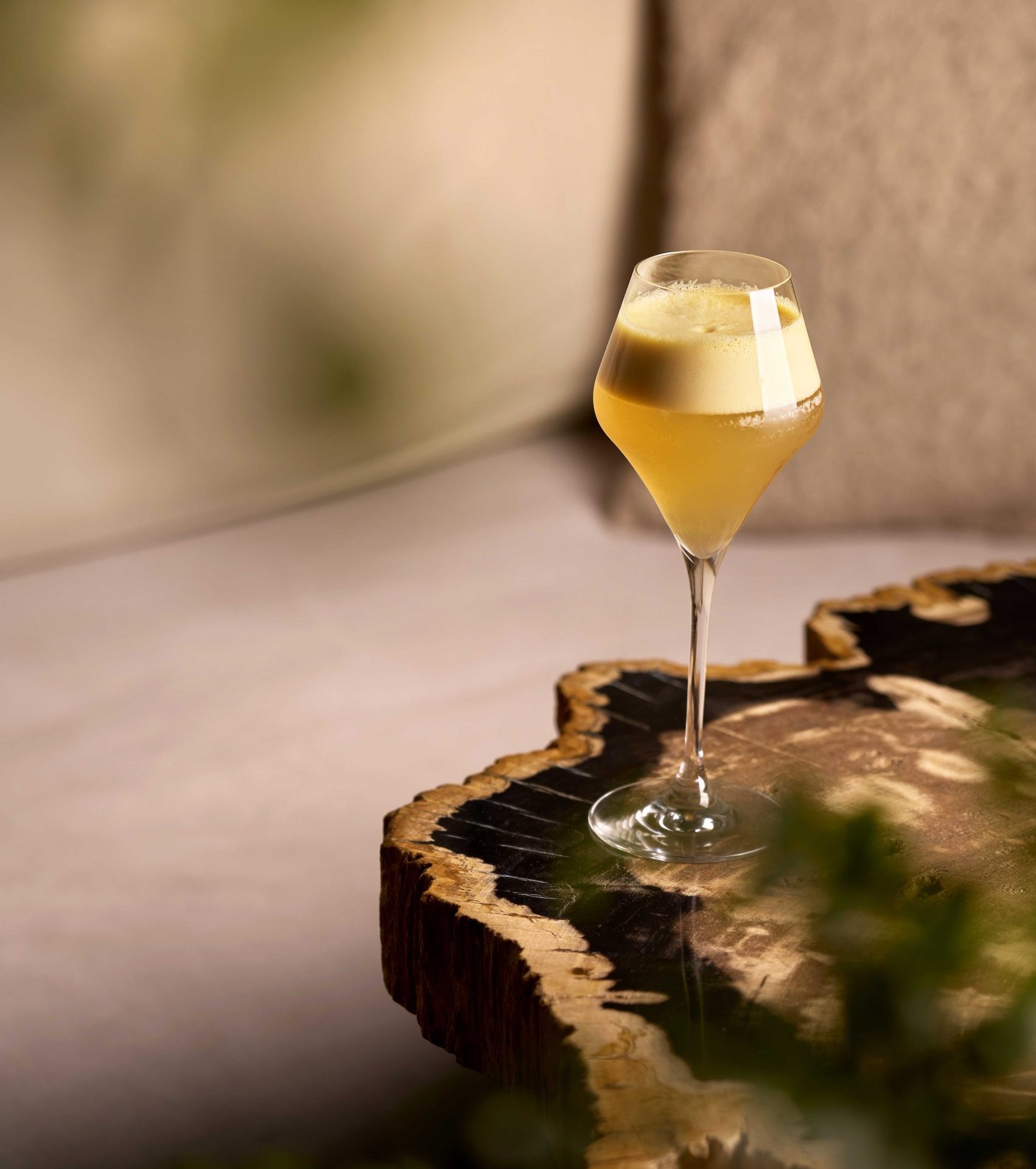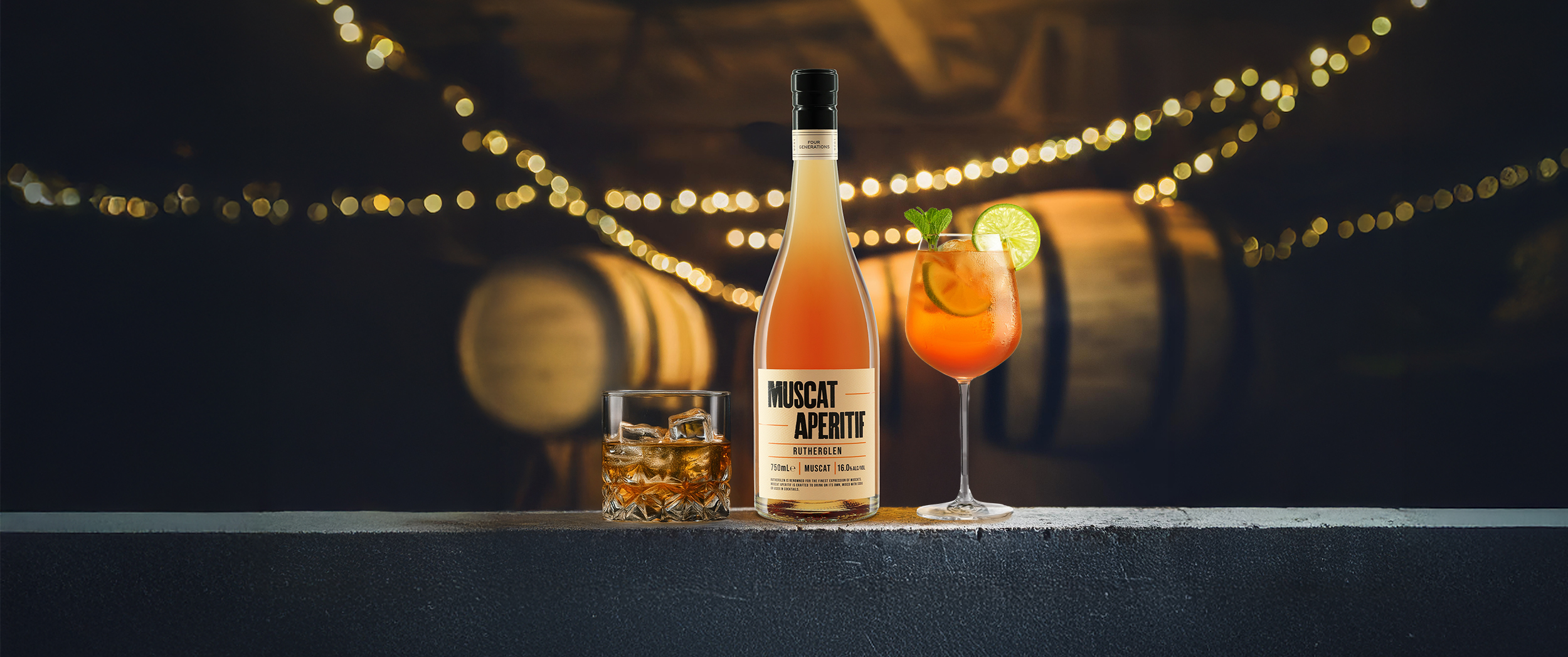Feeling Frisky
By db staff writerWhisky is fiendishly fashionable in its export markets, but it’s a different picture in the UK. Some are now throwing away the rule book to get hip at home. Robyn Lewis reports
TODAY, OVER 90% of whisky distilled in Scotland is enjoyed abroad, consumed in quantity by countries such as Spain, Germany and Japan, as well as Thailand and Taiwan, where the primary imbibers of this powerful drink are both young and hip.
But in Britain, a potentially more lucrative market, whisky is more likely to be considered a tipple for dad than "the lads", and it is this image problem that producers are targeting while continuing to develop overseas markets.
However, to begin, let’s consider the global market for whisky, which generated as much as £1.3 billion for the UK last year. The largest consumer is America, which has a market worth over £300m. Following this is Spain and France, which spend £250m and £236m respectively.
And then there are the all important Asian countries, with South Korea worth £195m and Japan £115m, although the latter market has dropped in value by around £32m between 2001 and 2002 (probably a reflection of the economic climate rather than waning popularity).
In the above markets whisky performs a role not dissimilar to vodka in the UK – it is mainly consumed in clubs and bars by a fashion-concious crowd. Brands like Diageo’s Johnnie Walker and Allied Domecq’s Ballantine’s help perpetuate this situation by working hard to align themselves with this youthful and trendy cross-section of society.
"With Johnnie Walker, we try very hard to break away from that armchair, traditional imagery of a whisky drinker," says Michelle McNeil, communications assistant for the brand. "Our major advertising campaign, ‘Keep Walking’, encourages people to think of Johnnie Walker as a drink that marks progressions through life, marriages, births etc, rather than a drink you only come to at the end of your life.
It’s important to do activity that challenges the traditional image of whisky because you won’t get any new drinkers by concentrating on the existing image of the drink. We also work to try and open people’s minds to different ways of drinking Johnnie Walker. For example, at the moment we are running a series of programmes in bars and restaurants with our Red Label variant where we encourage people to try drinking it long with ginger, lemonade or cola.
Hopefully, these activities will attract more drinkers by helping to overcome the barrier of the strong taste and maybe encourage more women to give Johnnie Walker a try as well." The Allied Domecq brand, Ballantine’s, has a similar approach with its "Go Play" campaign, currently running in 56 countries around the world.
At the campaign’s launch Allied said that it hoped the initiative would "turn traditional whisky advertising on its head" and, according to the press release, it had "thrown away the whisky marketing rule book". This is because the promotion is aimed entirely at young men, encouraging them to drink Ballantine’s while they are out with friends.
"We spoke at length with guys in their twenties to make sure that the campaign would hit home with the target audience," says Neil Macgeorge, vice president of Ballantine’s. This winter the campaign activity concentrated on the mixability of Ballantine’s with below the line activity encouraging drinkers to consume the whisky with cola, lemonade, mineral water or orange juice.
"The materials were designed to build strong ontrade branding and to educate both bar staff and consumers that Ballantine’s can and should, be consumed as a mixer," the brand’s spokesperson says.
This type of on-trade activity to try and attract a younger market is now being picked up by other whisky brands to use in the UK. For instance, Whyte and Mackay, from Kyndal spirits, is being re-vamped in a bid to push the brand in England and Wales, following massive success in Scotland.
"We are hoping to push Whyte and Mackay to a new, younger UK market," says Glen Gribbon, marketing director at Kyndal. "We’ve a huge sales and marketing push to achieve this, aiming at 30-45 year-old male drinkers. We’ve re-packaged the brand so that the label is brighter and cleaner, though we’ve retained the famous blue label.
There is also a TV campaign featuring the voice of Robert Carlyle, a new web-site and a multi-million pound sponsorship deal with Leeds Utd football club. For the on-trade we are running a ‘Trivial Hirsute’ game card promotion where a customer gets a free Whyte and Mackay drink if they collect three correct cards. We are hoping that we can broaden the appeal outside of the traditional, loyal target whisky drinkers."
Other brands, however, like Jameson’s Irish whiskey, although keen to attract a new generation of whiskey drinker, are concerned not to alienate their existing market. "We do have to have a dual strategy for marketing as we don’t want to disregard our core of loyal customers," says Mark Davies, marketing director at Pernod Ricard, owner of the Jameson’s brand.
"With the more traditional whiskey drinkers we do tastings in traditional bars to encourage them to trade up to Jameson’s but we also work in the on-trade to encourage new drinkers. We have to work on both levels. For this market we try and promote the difference in taste between Jameson’s and blended whiskies.
It’s a smoother drink because of the triple distillation, which makes it a more attractive proposition for a non-whiskey drinker and it has none of the baggage that blends have, as a drink for your parents. We also try to put a contemporary spin on the product so with something like a traditional Irish coffee we’ve created the Jameson’s mocha which is sold through style bars or just bars where younger people drink, where this sort of experimentation takes place before going mainstream."
Another brand working hard to maintain old fans while attracting a new market is Grant’s Blended. This is well established in the UK’s off-trade already and has a solid mid-market attraction.
Alex Guthrie, marketing manager for Grant’s explains how the brand is approaching the two very different markets: "We are maintaining all our major off-trade promotions and retaining focus on grocery display in order to keep our existing drinkers.
We do need to capture, if we can the imagination of some of the younger drinkers as well though, and this is where I think we can really learn from something like Bailey’s. Five or 10 years ago a cream liqueur would never have worked in the on-trade but the work that has been done has turned it into a run-away success.
I do think that the issue of recruiting new drinkers is something that will trickle down from work done by the big players like Diageo and Allied. It isn’t something that an individual brand can drive.
I think also that we need to be innovative with the pouring of whisky in bars in order to get people’s attention and get them trying blended whisky. "Brands like ours can be like wallpaper," he continues. "People are so used to having Grant’s there, they don’t notice it anymore.
In these sorts of traditional outlets we’ve launched a new optic with an LED screen which gives the customer a chance to win a free measure of Grant’s. It’s promotions like this that will get people noticing brands and then asking for them specifically the next time."
So it’s a mix of building brand recognition for existing whisky drinkers as well as encouraging a new generation to try the tipple. And the biggest brands won’t just be using their experience of foreign markets to build a following among a younger generation in the UK, but lessons learned from other spirits. After all, it’s these the whisky distillers will have to steal the market from. db
MALT TEASERS
Partner Content
"The rise of malt whisky sales is a very exciting trend," says David Williamson of the Scottish Whisky Association (SWA), no doubt refering to a worldwide rise in consumption of 9.3% to 46.5 million bottles in 2002.
This translates to a total value of £268m, an increase of 11% year on year. "Distillers have worked hard to offer malts with different styles and characteristics that appeal to a range of people," he adds, hinting at the fact that malt whisky suffers much less of the image crisis the blends are battling with.
Nevertheless, big brands like First Drinks’ Glenfiddich and Allied Domecq’s Laphroaig are trying hard to win the battle for new drinkers. Glenfiddich is targeting style bars in a bid to win over the 30-39 year age group. "We are committed to driving forward the whisky category and this means marketing through non-traditional channels as well as those traditionally associated with whisky.
We have developed a range of essential serve recipes that bar tenders can either incorporate or adapt for their own bars and we hope this introduces new drinkers to new ways of drinking Glenfiddich," says brand manager Nick Williamson.
Over at Laphroaig the emphasis in on promoting the brand’s "distinctive and challenging taste profile" with events such as "Laphroaig creates debate" and "Laphroaig and cheese". These events, promoted via media partners like The Spectator, The Evening Standard and This is London, will presumably raise the profile of Laphroaig among the young, urban communities.
Outside of the big brands, small distilleries such as the Bruichladdich Distillery Company are hoping their independent status and unique approach will grab them a section of a new market. "Because we are small we don’t have to conform to any big company ethos," says Mark Reynier at the distillery.
"We keep our whiskies natural, no chill-filtering, no caramel. And now we’ve moved the bottling to Islay as well, we are really the only authentic Islay whisky. The thing that we can do differently is variety. Each edition of Bruichladdich is different because we can’t make it the same every time – and wouldn’t want to. I think everyone is getting a bit bored of this homogenisation that the big companies insist on. People want variety and we can give them that," says Reynier.
"It’s a bit like guerrilla warfare, us against the big guns, and I think individuality will win out."
Top 10 export markets by value.
Scottish Whisky Association (£m)
2002 2001 +/-
USA 302.5 292.3 4%
Spain 256 296 -13.5%
France 236 223. 5 5.5%
South Korea 195.9 165.9 18%
Japan 115.4 147.2 -22%
Germany 96.1 91.1 75.1%
Greece 91.9 91.1 1%
Venezuela 75.2 98.6 -24%
Portugal 74.4 65.4 14%
Taiwan 57.8 49.6 16.5%
Total Exports 2,284.9 2,295.3 -0.45%
EU Exports 880.7 896.5 -1.76%




